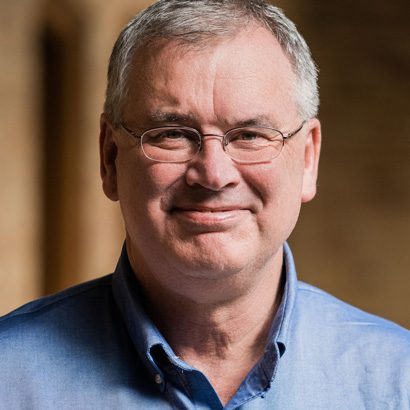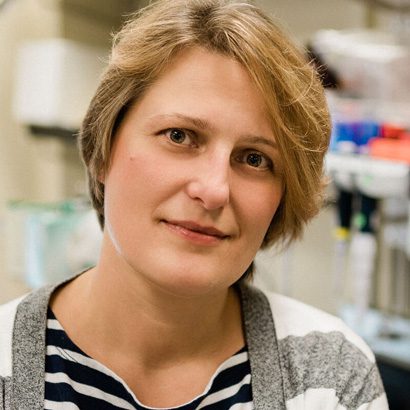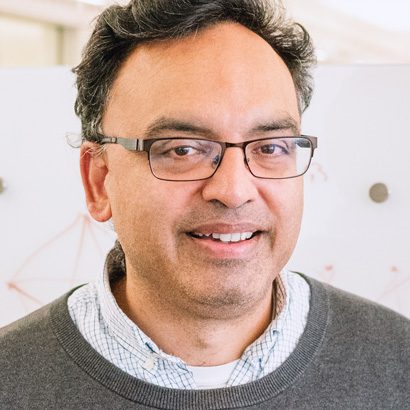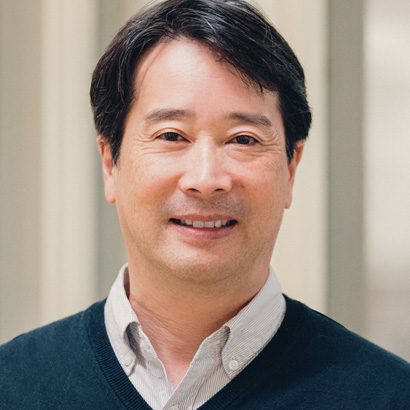Four UC Berkeley faculty members, whose technological innovations promise to deliver solutions to some of the world’s most pressing problems, have been awarded the Bakar Fellows Program 2022 Bakar Prize.
The prize is given annually to former Bakar Fellows to provide additional resources to ensure a successful transition of their technology from academic research to industry applications.
This year, the Bakar Prize was awarded to Steven Conolly, the Montford G. Cook Professor in the departments of bioengineering and of electrical engineering and computer sciences; Polina Lishko, associate professor of molecular and cell biology; Niren Murthy, professor of bioengineering; and Kenichi Soga, the Donald H. McLaughlin Professor in Mineral Engineering and a Chancellor’s Professor in the Department of Civil and Environmental Engineering.
From applications in human health and environmental engineering, these projects hold great promise for impacting the lives of many in a positive way,” said Susan Jenkins, managing director of the Bakar Fellows Program and the Bakar BioEnginuity Hub.
Now in its 10th year, the Bakar Fellows Programs has supported 57 Faculty Fellows and nearly 50 Innovation Fellows as graduate students or postdocs. The program continues to attract and support truly innovative research teams that are committed to moving their basic research discoveries into real-world applications.
Steven Conolly: Rapid in vivo optimization of solid tumor CAR-T cell therapies using advanced magnetic particle imaging (MPI)

Although cancer treatments have progressed rapidly, the disease remains one of the top two causes of death in the U.S. Immunotherapies, like CAR-T cell therapies, offer enormous hope as medicine’s fourth weapon against cancer. However, it can take months to tell if a CAR-T cell treatment is failing, and that delay can be lethal. Conolly’s Bakar Prize project aims to show physicians if a particular CAR-T cell therapy is working in just a few hours. Conolly proposes to tag the CAR-T cells at the same time as the cancer-killing genetic modifications are done. The tagged CAR-T cell treatments are then injected into the patient, home in on the tumor and kill the cancerous cells. As tags, he proposes to use safe magnetic nanoparticles. These will allow the oncologist to clearly see the CAR-T cells homing in on the tumors using a new biomedical imaging method called super-resolution magnetic particle imaging (MPI). This new technology will soon allow oncologists to quickly optimize and personalize CAR-T cell immunotherapies to extend the lives of cancer patients.
Polina Lishko: Novl therapies to treat age-related macular degeneration and prevent blindness

Age-related macular degeneration (AMD) is a leading cause of blindness in U.S. adults over age 60. Dry AMD, a more common version of the disease that accounts for 90% of all cases, currently has no treatment options. While there’s no cure for Wet AMD either, current drugs that slow its progression have side effects such as cataracts, broken blood vessels in the eye, vitreous floaters, eye pain, eye inflammation, retinal detachment, increased eye pressure and blood clots in blood vessels. With the Bakar Prize, Polina Lishko aims to develop an alternative treatment: an ophthalmic gel formulation that encourages normal function of photoreceptors’ supportive cells and prevents AMD. If this research succeeds, patients diagnosed with early-stage dry AMD may have topical treatment options.
Niren Murthy: Rapid diagnostic for high-risk urinary tract infections

The lack of rapid diagnostic tests for urinary tract infections puts high-risk patients at a higher risk of treatment failure. Not only does this result in longer hospital stays and larger health care costs, but also increased mortality. Current tests for identifying the cause of the infection take days to yield results, but doctors cannot wait this long to treat urgent cases. As a result, they may treat patients empirically, without knowing if the bacteria are resistant to antibiotics. Murthy was awarded the Bakar Prize for this solution: a simple precision diagnostic strip test (ESBL-DETECT) that is capable of yielding results in minutes instead of days. If successful, this rapid test will shorten hospital stays, reduce medical expenses and lower mortality rates.
Kenichi Soga: Distributed sensor system for smart infrastructure

Any breakdown in the nation’s infrastructure, from bridges and roads to the power grid, can have disastrous results, including loss of life. Recent examples include the condominium collapse near Miami, last winter’s power outage and water main breaks in Texas, and tornadoes that brought down power poles in the Midwest and South last December. Soga believes that smart infrastructure is crucial to preventing such catastrophes, which is why he was awarded the Bakar Prize for developing monitoring systems that utilize dynamic distributed fiber optic sensing technology. This helps determine the durability of infrastructure as it ages, including distortion after earthquakes, and will ultimately help ensure a safer infrastructure that adapts to the needs of the future.
This story was reposted from Berkeley News. Read more here.